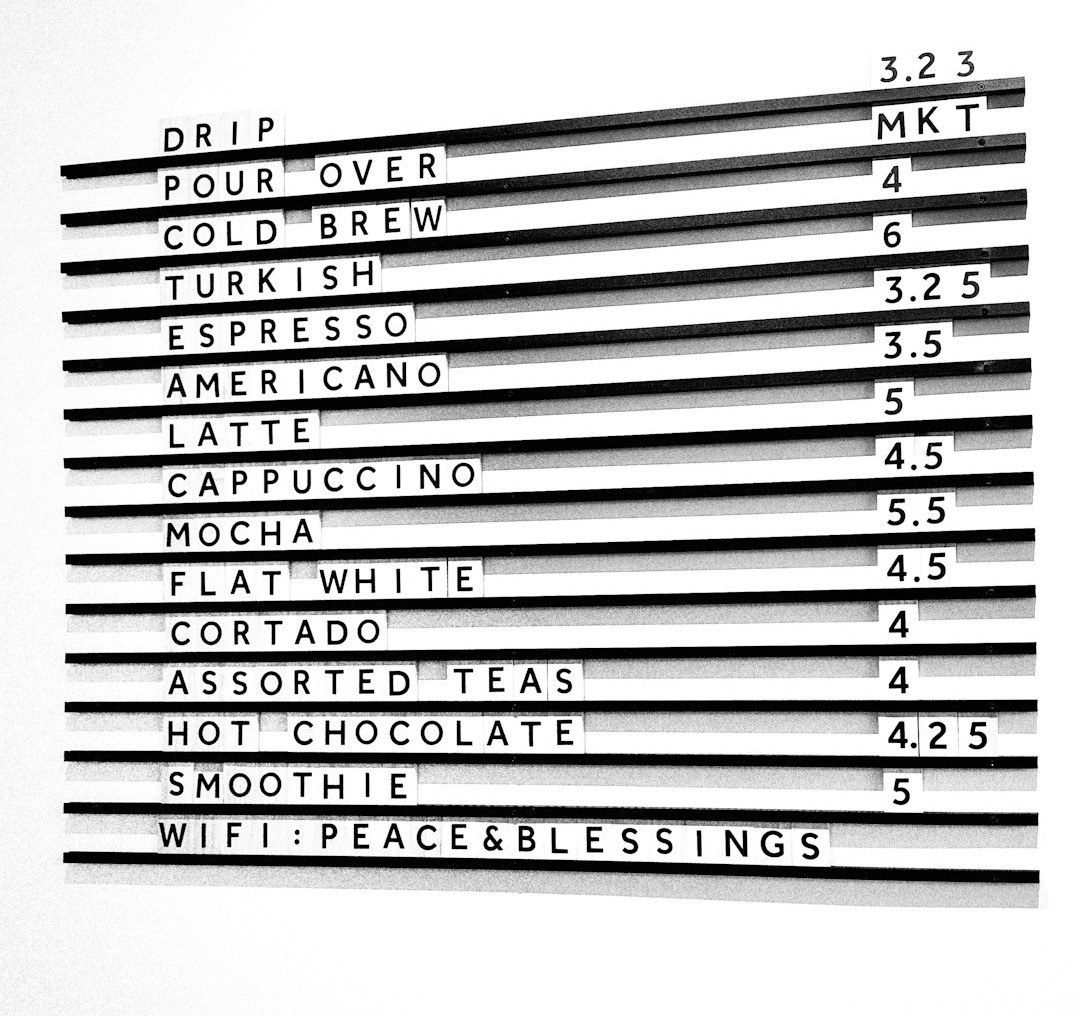Python lists are a compound data type, similar to tuples, that can be populated with objects of any type, including integers, strings, other lists, or a mix of different types. Lists are created using square brackets [].
Key Characteristics and Operations
Mutability: The most significant feature of a list is its mutability. Unlike immutable objects such as strings and tuples, lists can be changed in memory after they are created. This means you can alter a list object itself without creating a new copy. This is a key difference from tuples, where reassigning a variable to a new tuple creates a new object in memory, leaving the original unchanged. Because of their mutable nature, lists are highly efficient for managing dynamic data, like a list of employees or students, as changes don’t require creating entirely new copies of large data structures.
Modifying Elements: You can change an element at a specific index using assignment syntax, such as L[index] = 5.
Adding Elements:
append(): Adds a single item to the end of a list, mutating the original list. ReturnsNone.extend(): Adds all elements from another list to the end of the original.
Removing Elements:
remove(element): Removes the first occurrence of a specified value.del L[index]: Deletes the element at a specific index.pop(): Removes and returns the last element.clear(): Removes all elements, keeping the same list object in memory.
Sorting and Reversing:
L.sort(): Sorts the list in place, returningNone.L.reverse(): Reverses the list in place.sorted(L): Returns a new, sorted copy without altering the original.
Iteration:
Iterate directly with
for e in L:(more Pythonic).Use
for i in range(len(L)):if you need to mutate elements by index.Mutating a list while iterating directly can cause skipped elements; safer: iterate over a copy.
Copying (Cloning):
Shallow copy:
L_copy = L[:](top-level only).For independent nested structures, use
copy.deepcopy(L).
List Comprehension:
Pattern:
[expression for item in sequence if condition].A concise way to replace explicit loop + append structures.
Summary and Best Practices
In summary, the Python list is a versatile and indispensable collection. To use it effectively and avoid common pitfalls, keep these core principles in mind:
Embrace Mutability: Use in-place methods like
append(),extend(), andsort()for efficient data alteration, but be mindful that these methods always mutate the original list.Beware of Aliasing: Use shallow copy techniques such as
L[:],list(L), orL.copy()when you need an independent copy of a list’s top-level structure. This prevents unintentional modifications to the original list. If the list contains nested mutable structures (e.g., lists of lists), usecopy.deepcopy(L)when you need a fully independent copy of both top-level and nested objects.Use List Comprehensions: Adopt the
[expression for item in sequence if condition]pattern to write cleaner, faster, and more readable code when generating new lists.Prefer Safe Mutations During Iteration: Mutating a list while iterating can cause skipped elements. Iterate by index or over a copy for safety.
Understand Sorting Options: Use
list.sort()when you want to sort in place for performance. Usesorted(list)when you need a new sorted copy without affecting the original.



